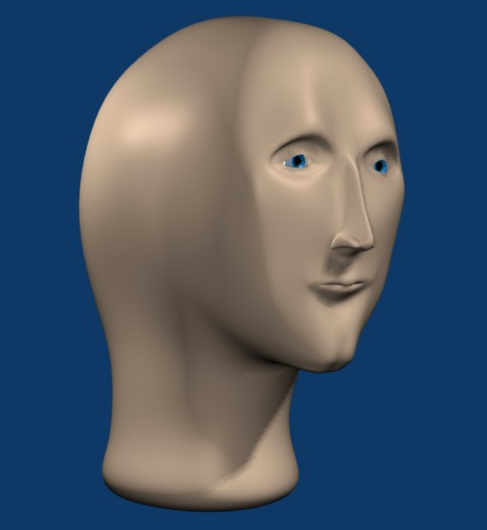This! I was diagnosed as a child but only started getting treatment a month ago, it’s incredible. I feel like I spent my whole life with the target lock on, bouncing from one focus to the next, and now I can choose when to lock on and when to free look.
I will say that in the US treatment has been made more difficult due to fail first treatment policies enforced by insurance companies. They will only give you effective medicine after you first try a non-stimulant with low efficacy and lots of side effects.
If I could do it again with what I know now I would have just thrown away the guanfacine and told them it gave me the side effects with none of the benefits. It’s a norepinephrine agonist, it does the opposite of the highly effective ADHD medication, and it was mostly only tested on children who had negative reactions to stimulants. If you have low norepinephrine to begin with (which many people with ADHD do) the effects are agonizing.










Totally. At least Strattera is a reuptake inhibitor, so it’s moving in the same direction as a stimulant with less of the negatives. I do not recommend taking an agonist, I don’t know what my psychiatrist was thinking.
I’ve been trying methylphenidate and it’s really nice, it doesn’t have as much dependency or falloff risks as something like Adderall.
Maybe guanfacine is just particularly unhelpful.